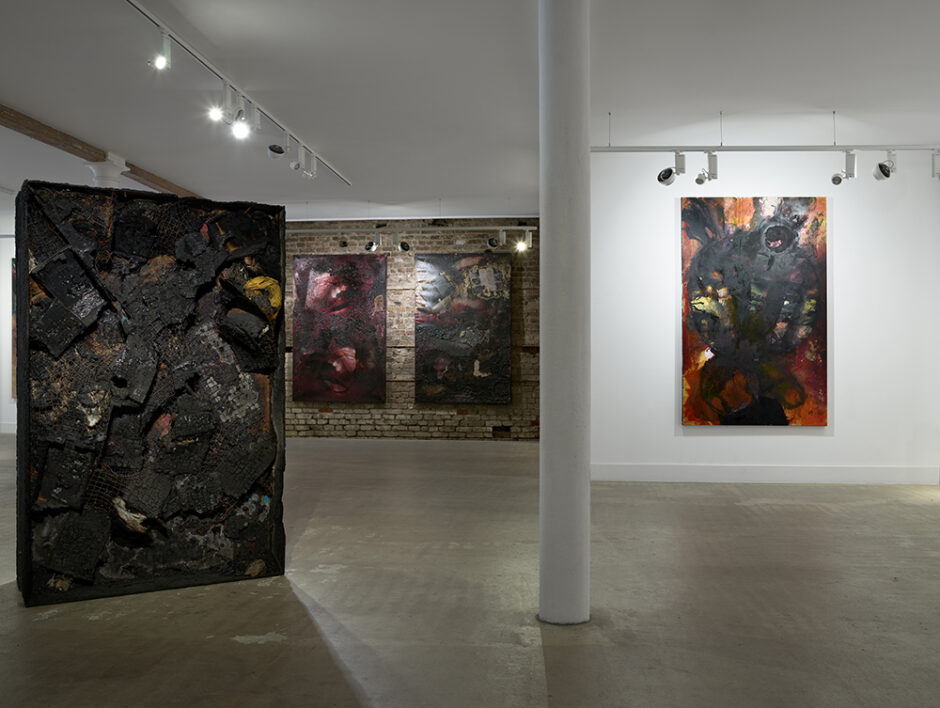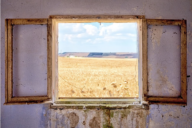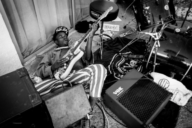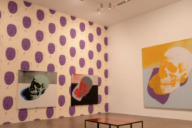TOM DE FRESTON – FROM DARKNESS
Violence, loss and fear change us. We seldom like to revisit or to share the stories of our tragedies, but their transformative qualities guide us nevertheless. Oxford-based visual artist Tom de Freston opens this Pandora’s box. His works are at the crossroads of fear and hope, visual vessels containing stories of pain and sorrow, connecting personal trauma to universal truths while hinting at ways in which the individual can rise again. He has spent decades studying and engaging with depictions and narratives of trauma across disciplines: reproductions of Géricault’s The Raft of the Medusa (1818–19), passages from Shakespeare’s King Lear, andGoya’s visceral characters have long inhabited the walls of his studio and provocatively resurfaced in his art, stripped of their historical narratives and imbued with present preoccupations.
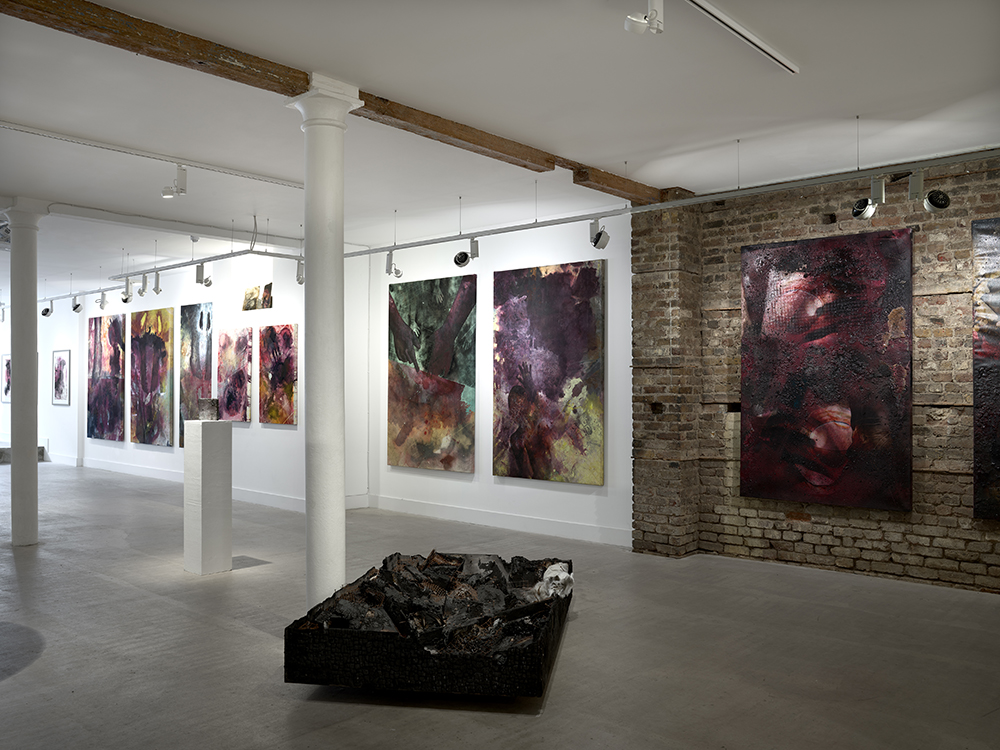
His most recent works lay bare the shattering of the self, releasing unfiltered pain while weaving together different narratives of trauma and hope. This group of works, presently on view in his solo exhibition From Darkness, at No20 Arts in London’s Islington district, are part of the larger project I Saw This – a multi-disciplinary collaboration with Syrian writer Professor Ali Souleman and documentary filmmaker Mark Jones. The project translates current and timeless stories of war, placing Souleman’s experiences at the centre: he was among the victims of a 1997 terrorist explosion in Damascus, as a result of which he lost his sight. Intertwining Souleman’s, his own, and universal human suffering, de Freston asks what is left after destruction. Rushes from the forthcoming feature-length documentary, INSIGHT, directed by Jones, are presently on view at No20 Arts, providing glimpses into the periodical and intimate collaboration of the artist with Souleman. De Freston further poignantly articulates the web of experiences and emotions that drove this project in his book Wreck: Géricault’s Raft and the Art of Being Lost at Sea, the publication of which coincided with the opening of the exhibition. Here he relates his exploration of suffering and his collaborative journey with Professor Souleman, while echoing the trauma that can be found in Géricault’s masterpiece The Raft of the Medusa.
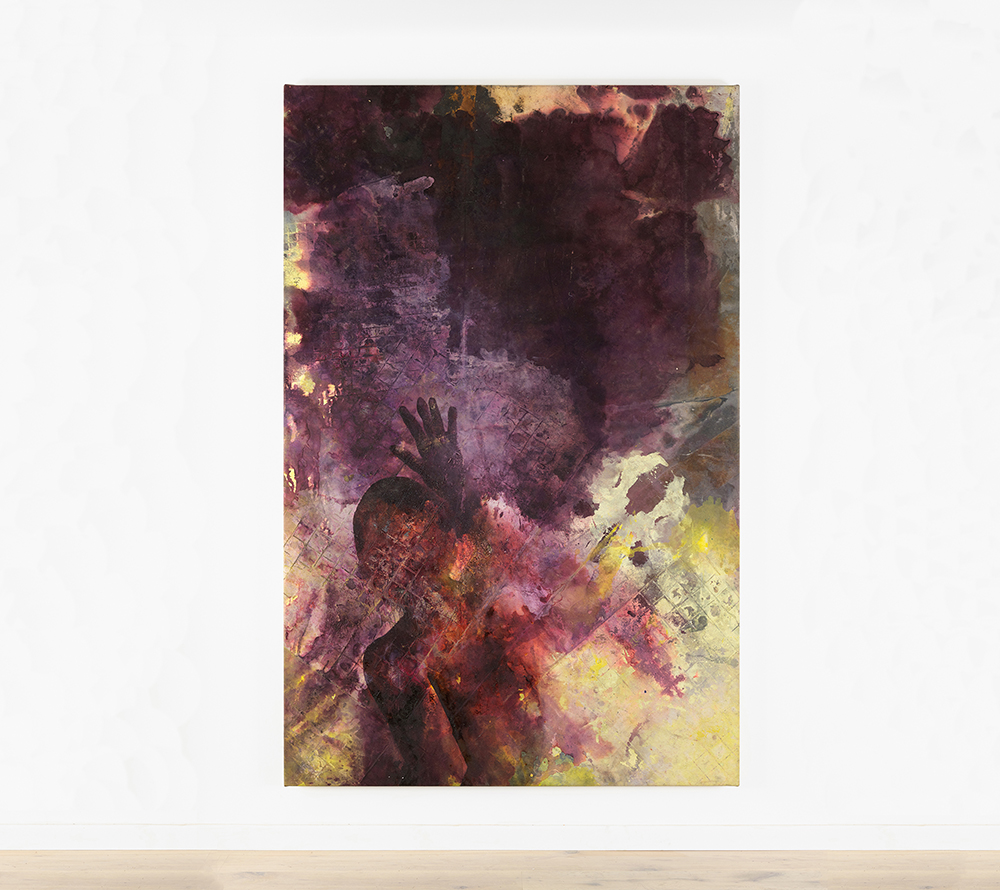
Death, despair, life and hope coexist in de Freston’s practice. Raft (2021) features a faceless character raising its hand towards the viewer, seemingly trapped between the confines of painted grids, escaping from the shades that surround them, stepping out of the painting and into reality. A shadow of an individual, or remnants of a former self that has lost its physicality, the figure’s facelessness allows the viewer to see the artist as much as themselves projected into the canvas. Souleman explains that trauma can split the self, creating a double that exists in a new, parallel space: ‘[It’s] as if you were in the same world, but different, exploring it from a new space, from behind the glass, as if not fully there, but also there in ways you had not previously known possible.’ The figure in the painting might be considered analogous to this split self. Even more heartbreakingly, Submergence (2021) situates the individual at the crossroads of life and death. The painting shows the legs and feet of a character seemingly floating; whether they are moving upwards or downwards, we do not know. Nor it is clear whether the red stains splashing from the lower part of the canvas indicate the last breath of the individual or their survival. With both great empathy and insight, de Freston’s images offer a wider narrative – one that remains open to the viewer to shape and interpret.
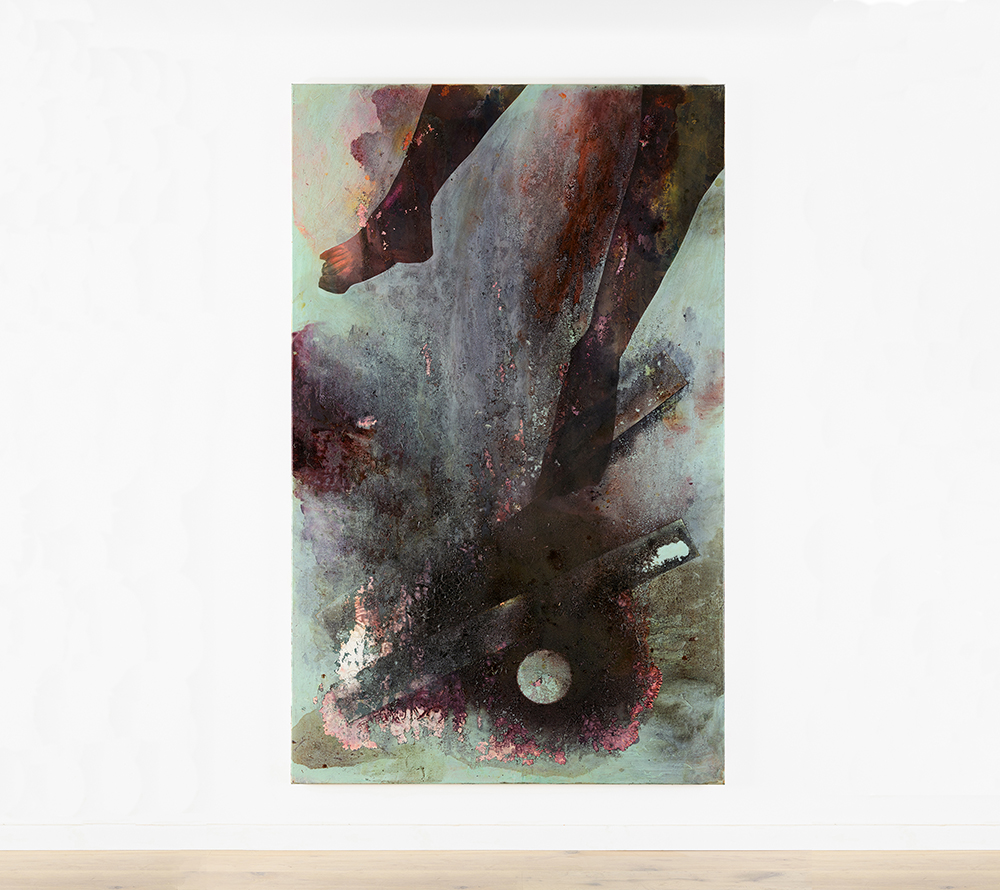
Tragedy and comedy were once bedfellows in de Freston’s work: white-faced characters in red boxer shorts and socks, standing in monumental poses, populated large canvases telling stories of morality and heaven. Drawing on art historical and literary masterpieces, these were painted stages for scathing commentary on human violence, through which the artist brought to life instances of the profound and the absurd, the sacred and the profane. Often he situated himself behind the masks of his characters: he was Orpheus falling into sorrow; he was Poor Tom dancing in madness; he was the clueless knight wandering in The Faerie Queene. Vulnerability was conveyed through a veil of sardonicism, absurdity and poetical narratives. In more recent works, the artist has taken off his mask – unveiling, perhaps to the viewer’s surprise, an unapologetically broken self.
Indeed, grief is at the heart of de Freston’s practice, having sought for years to paint beyond the spectacle of human suffering. He hunted human pain to get inside it and to provide a vessel by which to navigate it. Ali Souleman’s horrific experience enabled him to seek and to find new ways to speak for the damaged self: the burnt skin, the pain, the hopelessness and, above all, the spaces in between, of the emptiness left by trauma.
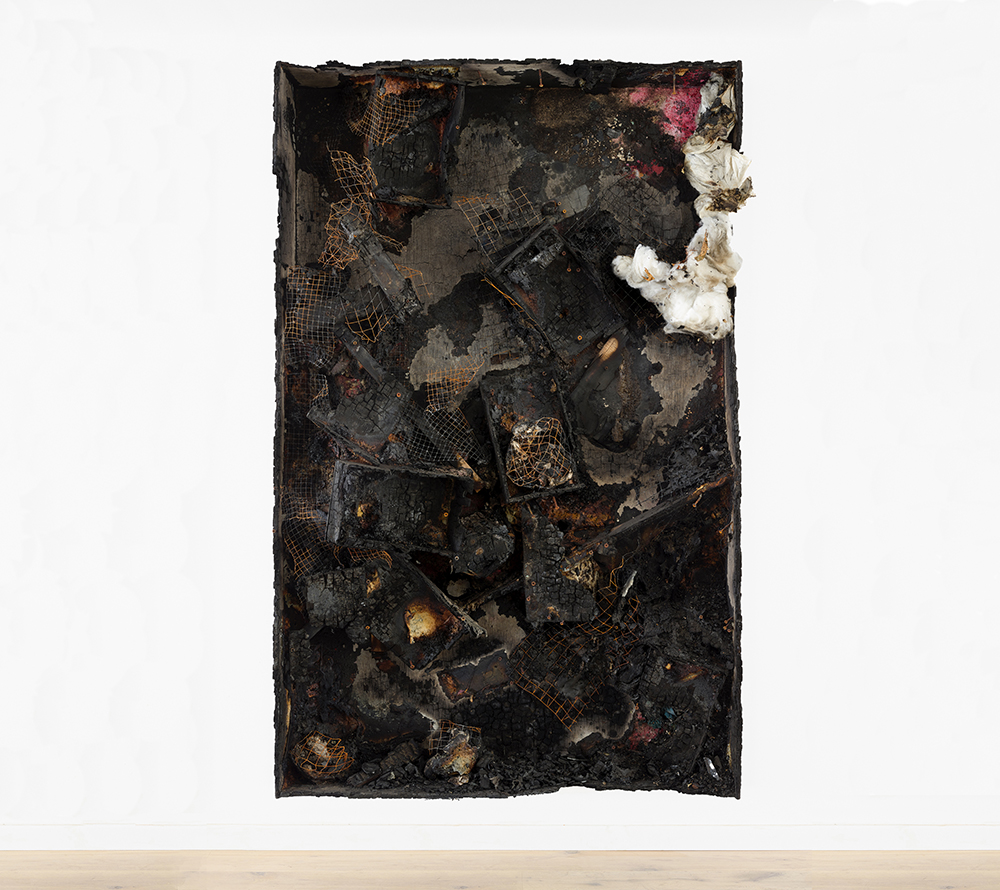
Ashes, incinerated and solidified pencils, and resin-covered paint-pots are all visible within certain canvases and sculptures. A month before the first lockdown, a fire wrecked de Freston’s studio, turning to dust a significant proportion of the previous twelve years’ work in just a matter of minutes. One segment of a triptych, Wreckage (2020) bears witness to this destruction. A coffin-sized burnt birchwood box lies on the floor, the acrid smell of ash troubling the nostrils of the viewer. It previously contained an array of intentionally burnt head-sized boxes enclosing images of Souleman’s mouth, covered by paint and resin, chicken-wire frame, clay, cement, paint and pieces of shattered glass. Startlingly fragile and beautiful in its physical vulnerability, Wreckage now shows the remaining substructure, like a body that has been stripped and brutalised. Different shades of blacks, greys, smoky reds and yellows form a patchwork on its surfaces, resembling a landscape. As the artist describes it, ‘each box now looks like an aerial view down and across a bombed-out city’. The destruction caused by the fire led de Freston to a new approach to the making process, whereby he made use of the actual ash and debris within a number of works, expressing the most transgressive form of rebirth: new works, literally made from the ashes of the old.
De Freston expands the language of painting. Through his collaboration with Souleman, he began looking at his works as more than depictions of fear and loss. Violence became palpable, the canvas no longer just a window to another possibility, but a skin that had been transgressed against and healed, still bearing the scars of violence. This skin is not just Souleman’s, nor solely de Freston’s; it’s also ours. The paintings and sculptures in this exhibition recount stories of a kind that some may avoid revisiting; they are laying bare our utmost fragility, our need for a raft to cross and surpass trauma. A raft, perhaps, on which we could also embark.
Words: Tally de Orellana
Tom de Freston is an artist based in Oxford. He is the recipient of prestigious fellowships including the Leverhulme residency at the University of Cambridge and the Creative Fellowship at the University of Birmingham. His debut work of literary non-fiction, Wreck: Géricault’s Raft and the Art of Being Lost at Sea was published by Granta in March 2022. His latest solo exhibition, From Darkness, is on show at No20 Arts, London, until 18 June 2022. www.no20arts.com
Tally de Orellana is a curator, art historian and writer based in London. Born in Spain and raised in Italy, France and the UK, she studied at the School of the Art Institute of Chicago and at The University of Edinburgh.

